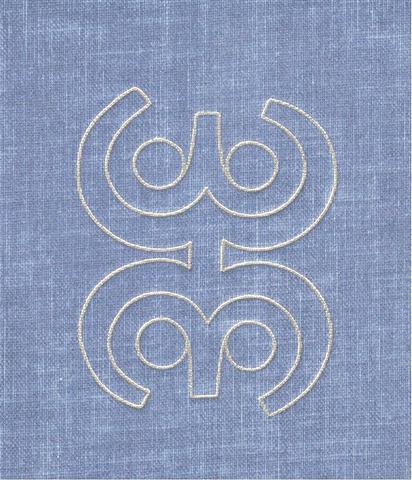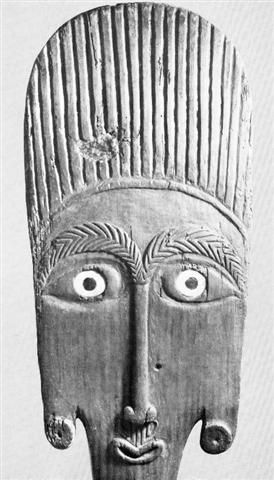|
6.
There is one obvious Gagana candidate in our own
ancient cabinet of gods, viz.
Venus. She
returns to the same place after 8 (earth) years. The Maya were
afraid of her and they depicted her with a design incorporating two
eyes and a nose:

We 'know' that Saturn inhabits the solstices, and if Gagana
is Venus, then she may well be connected with Saturn and with day
236, because the Maya manipulated her morning star cycle to coincide
with 8 lunar months:
|
phase |
observed periods |
periods in the Mayan 'map' |
difference |
|
morning star |
263 |
236 |
- 27 |
|
black |
50 |
90 |
+ 40 |
|
evening star |
263 |
250 |
- 13 |
|
black |
8 |
8 |
0 |
|
sum |
584 |
584 |
0 |
Although gods are dual and have both a male (rising) aspect and a
femal (ascending) aspect, we would perhaps prefer to identify
Gagana with Saturn, and the Venus design is found at Saturn:

On Hawaii both Saturn and Venus were named Naholoholo, and
horo means to wash down, to swallow etc. In Sweden we have an
old name for December 24, 'dopparedagen' which means the day
of dipping. There are two days connected with entering (or being
swallowed by) water, viz. June 24 and December 24.
Double eyes similar to those of (the presumed) Gagana god are
found also in connection with the 19th odd 5-day long month at the
end of the Mayan year:
|







